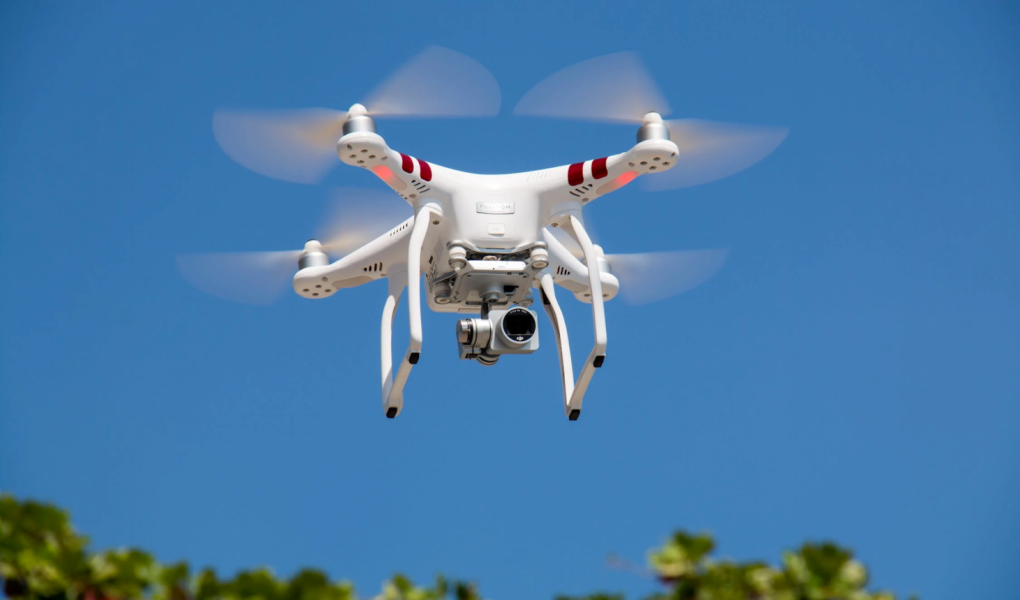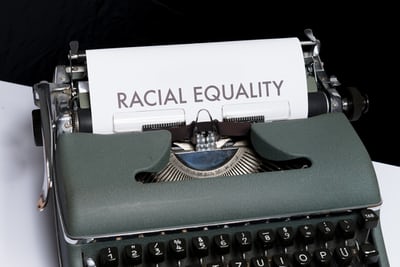Unmanned aerial vehicles, commonly known as drones, have become more popular in recent years. Modern drones are easier to control, safer to fly, and cheaper to purchase than ever, encouraging an ever-growing number of people to use them for professional or recreational purposes. Amateur and professional photographers alike use drones to take stunning photos and videos of natural landscapes. Retailers like Amazon and Walmart are in their early stages of using drones to deliver goods to customers. Many hobbyists like to fly drones in the air as a fun outdoors recreational activity.
Despite their positive uses, drones have also been utilized in harmful activities such as unethical surveillance. Drones make it significantly cheaper and easier to conduct unwanted aerial surveillance against unsuspecting victims. Drones can be equipped with high-quality cameras that take detailed images or videos of a specific surveillance target. There are currently few to no laws or guidelines preventing the abuse of drones for surveillance purposes, so it is important to inform the public about the problem of warrantless drone surveillance and encourage policymakers to pass laws that protect civil liberties.
A History of Drone Surveillance
The U.S. military was an early pioneer in the use of drones for surveillance. In 1962, the military began using AQM-34 Firebees, a remotely operated aerial vehicle equipped with film cameras, to conduct reconnaissance missions in China (until 1969), North Korea, and Southeast Asia. The Firebees were limited in their surveillance capabilities due to their lack of avionics and navigation systems, and they had to be deployed from an airplane.
In the 1980s, military drones began to more closely resemble modern unmanned aerial vehicles. Miniaturized avionics allowed the drones to fly without having to be deployed from an airplane. The Global Positioning System (GPS) let drones provide the military with valuable geolocation data. High-resolution television cameras enabled the military to collect more detailed data from drone reconnaissance missions.
In the 21st century, the U.S. military has developed a new generation of fast drones with long flight duration capabilities, including the MQ-9 Reaper and the MQ-4C Triton. The Triton has especially powerful surveillance capabilities, including 360-degree observation and extremely long vision ranges.
In the 2010s, civilian police departments have increasingly adopted drone surveillance technology. For example, in 2012, the Electronic Frontier Foundation (EFF) reported that the Federal Aviation Administration (FAA) had authorized police departments in Seattle, Washington; Arlington, Texas; Gadsden, Alabama; North Little Rock, Arkansas; and Ogden, Utah to use drones. These police drones have the potential to be more intrusive than private drones given their advanced surveillance equipment, including high-resolution cameras, thermal scanners, and biometric tools.
Drone Surveillance and the Fourth Amendment
The Fourth Amendment to the United States Constitution requires government officials to obtain a warrant before searching the “persons, houses, papers, and effects” of U.S. citizens. In the court case Katz v. United States (1967), the Supreme Court of the United States ruled that government officials are forbidden from conducting remote surveillance in situations where there is a “reasonable expectation of privacy,” such as in a phone call.
Although the Supreme Court’s precedent in the Katz ruling has been instrumental in protecting Americans’ electronic privacy rights, it has not applied to aerial surveillance conducted through the use of flying vehicles. In California v. Ciraolo (1986), the Court ruled that police departments do not need a warrant to use an airplane to surveil someone’s backyard from 1,000 feet above the ground. In Florida v. Riley (1989), the Court determined that no warrant is necessary for the police to surveil private property from an airplane 400 feet above the ground.
But perhaps the most relevant Supreme Court ruling when it comes to understanding the Fourth Amendment implications of drone surveillance is Dow Chemical Company v. United States (1986). In this ruling, the Court determined that government agencies do not need a warrant to aerially surveil private property using “sophisticated photographic equipment.” If drones count as a form of aerial surveillance enabled by “sophisticated photographic equipment,” then the Court would most likely rule that the use of drones to search private property from high in the air would not violate the Fourth Amendment even if it is conducted without a warrant.
How to Protect Privacy Rights in an Age of Drone Surveillance
The Ciraolo, Riley, and Dow Chemical rulings have set a highly disturbing precedent that allows government officials to conduct aerial surveillance without a warrant. However, there are ways to protect people’s privacy beyond the Fourth Amendment and the federal court system.
State and federal legislators could pass laws establishing guidelines for the use of drones in policing and surveillance. These laws should require the police to obtain a warrant before using drones to surveil people or property. A total of 18 states already have laws on the books that prohibit warrantless drone surveillance, though there may be some exceptions for certain emergency situations.
Lawmakers should also pass legislation that sets even stricter criteria for specific categories of drone surveillance technology. For example, advancements in artificial intelligence and computer vision have allowed for the development of drones equipped with cameras that can collect biometric data on human beings. Such drones with facial recognition capabilities may pose a threat to privacy rights if they are used by the police to regularly monitor specific individuals. However, lawmakers can prohibit the police from using drones to collect biometric data unless the police are conducting actual criminal investigations. This would prevent the police from abusing drones with facial recognition cameras for less justifiable purposes, such as monitoring protesters and political activists.
Conclusion
Drones are a highly fascinating technology with many professional and recreational uses, but they can also be abused through warrantless surveillance. Police departments throughout the United States are increasingly using drones to surveil people and property, often without a warrant. Unfortunately, the Supreme Court’s legal precedents regarding aerial surveillance and the Fourth Amendment are insufficient to protect Americans’ privacy rights from police drones.
However, it is possible for citizens to convince their elected legislators to pass laws restricting warrantless drone surveillance. Citizens should realize that they have the power to elect privacy-minded politicians into office and petition these politicians to end the unjust use of drones for warrantless surveillance.




